Freight forwarding encompasses various modes of transportation, each tailored to specific cargo requirements. Below are details of the different types of freight forwarders, including Air Freight Forwarding, Sea Freight Forwarding, Road Freight Forwarding, Rail Freight Forwarding, Multi-modal Freight Forwarding, and Customs Brokers.
Air Freight Forwarding
Air freight forwarding involves the rapid transportation of goods via air carriers. This mode of transportation is ideal for cargoes of small dimensions, high value, time-sensitive, or perishable items due to its speed.
Two common methods of air freighting goods are direct and deferred services. Direct flights transport freight from the airport of origin to the final destination without intermediate stops. In contrast, deferred services involve the shipment being off-loaded in a transit country before being loaded onto a flight to its ultimate destination. For instance, cargo destined for Sydney may be off-loaded in Shanghai and then reloaded onto a flight to Kuala Lumpur before reaching Sydney.
Air freight forwarders leverage established relationships with airlines to negotiate competitive rates and secure priority space for their clients’ shipments. Additionally, they manage all aspects of air freight logistics, including documentation, customs clearance, and final delivery.
Sea Freight Forwarding
Sea freight forwarding entails the transportation of goods via ocean vessels, making it economical for shipping large quantities over long distances.
Options for shipping containers include Full Container Load (FCL), Full Consolidation (FCX), and Less than Container Load (LCL). FCL involves packing a container by one supplier for one consignee, while FCX consolidates cargoes from different vendors into one container. LCL consolidates cargoes for various consignees into a single container.
Reefer containers are an option for goods requiring refrigeration during transit. Shipping lines may offer discounted rates for Non-Operating Reefers (NORs) to avoid shipping them empty during repositioning.
Sea freight forwarders negotiate contracts with ocean carriers, book cargo space, arrange loading and unloading at ports, and handle documentation and customs clearance.
Overall, selecting the right freight forwarding method depends on cargo specifications, urgency, and budget considerations. Whether by air or sea, freight forwarders play a crucial role in ensuring efficient and timely delivery of goods across the globe.
Road Freight Forwarding
Road freight forwarding plays a crucial role in the transportation of goods, offering flexibility, cost-effectiveness, and reliability for both domestic and international shipments. Here’s an expanded overview of road freight forwarding:
Versatility and Accessibility
Road freight forwarding involves the use of trucks, vans, trailers, and other road vehicles to transport goods. This mode of transportation is highly versatile and accessible, as roads connect even the most remote areas, providing extensive coverage for cargo delivery.
Cost-Effectiveness
Road freight forwarding is often more cost-effective compared to other modes of transportation, especially for short to medium-distance shipments. With lower infrastructure and handling costs, road transport offers competitive rates for various types of cargo, making it an economical choice for businesses.
Flexible Routing
Road freight forwarding allows for flexible routing options, enabling shipments to reach destinations that may not be easily accessible by other means of transportation. Freight forwarders optimize transportation routes based on factors such as distance, traffic conditions, and delivery deadlines, ensuring efficient and timely delivery of goods.
Customs Procedures and Documentation
Road freight forwarders handle all customs procedures and documentation required for cross-border shipments. This includes ensuring compliance with import/export regulations, obtaining necessary permits and licenses, and preparing customs declarations. By managing these aspects, road freight forwarders streamline the clearance process, minimizing delays and avoiding potential penalties.
Tracking and Monitoring
Road freight forwarders utilize advanced tracking and monitoring systems to keep clients informed about the status and location of their shipments in real-time. This transparency allows for better visibility and control over the supply chain, enabling businesses to plan and coordinate operations more effectively.
Timely Delivery
Timeliness is crucial in road freight forwarding, and forwarders prioritize delivering goods within specified timeframes. With efficient route planning, proactive communication, and adherence to schedules, road freight forwarders ensure that shipments arrive at their destinations on time, meeting customers’ expectations and requirements.
Read more: Freight Forwarder Tehran
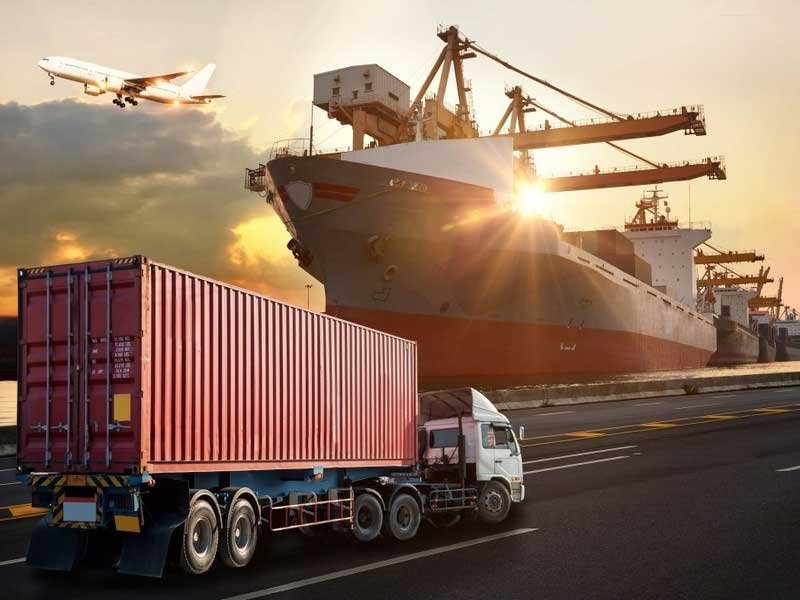
Rail Freight Forwarding
Rail freight forwarding serves as a pivotal component in the transportation industry, offering an efficient and cost-effective solution for the movement of goods over long distances, particularly for bulk cargo. Here’s an expanded overview of rail freight forwarding:
Efficiency in Long-Distance Shipments
Rail freight forwarding excels in transporting goods over extensive distances, making it an ideal choice for shipments spanning vast geographical areas. Railways provide a dedicated infrastructure that ensures swift and reliable transportation, especially for large quantities of cargo.
Cost-Effectiveness for Bulk Cargo
Rail freight forwarding offers significant cost advantages, particularly for bulk cargo shipments. Railways have the capacity to transport large volumes of goods in a single journey, resulting in economies of scale and lower transportation costs per unit of cargo. This makes rail transport an economically viable option for industries such as mining, agriculture, and manufacturing.
Coordination with Railway Operators
Rail freight forwarders collaborate closely with railway operators to facilitate the smooth movement of goods along rail networks. They negotiate contracts, secure cargo space on trains, and coordinate scheduling to optimize efficiency. By leveraging their industry expertise and relationships with railway companies, forwarders ensure seamless operations and timely delivery of shipments.
Optimization of Transportation Routes
Rail freight forwarders analyze transportation routes to identify the most efficient and cost-effective paths for cargo delivery. They consider factors such as distance, terrain, infrastructure, and transit times to optimize route planning. By selecting optimal routes, forwarders minimize transit durations and transportation costs while maximizing operational efficiency.
Loading and Unloading Operations
Rail freight forwarders oversee the loading and unloading of goods at rail terminals, ensuring efficient handling and transfer of cargo between trains and other modes of transportation. They employ specialized equipment and logistics solutions to streamline these operations, minimizing dwell times and enhancing productivity.
Intermodal Transportation Solutions
Rail freight forwarding often integrates with other modes of transportation, such as road and sea, to offer comprehensive intermodal transportation solutions. This approach combines the strengths of different transport modes to optimize logistics efficiency and meet diverse customer requirements. By providing seamless intermodal services, rail freight forwarders offer customers greater flexibility and connectivity in their supply chains.
Read more: Freight forwarder vs carrier
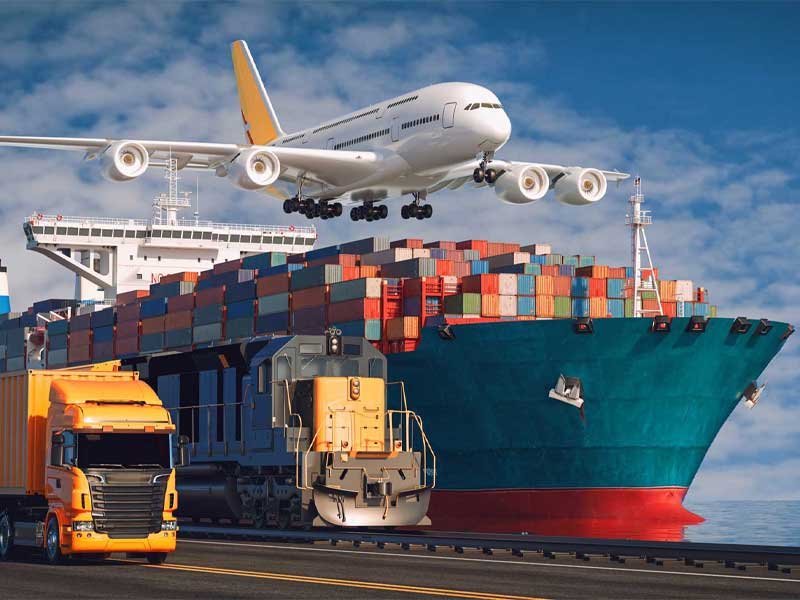
Multi-modal Freight Forwarding
freight forwarding, also known as intermodal transportation, revolutionizes logistics by seamlessly integrating various modes of transportation to enhance efficiency and reliability in cargo delivery. Here’s an in-depth expansion on multi-modal freight forwarding:
Optimized Logistics Processes
Multi-modal freight forwarding leverages the strengths of different transportation modes to create highly efficient and streamlined logistics processes. By combining air, sea, road, and rail transport, forwarders can select the most suitable routes and carriers for each leg of the journey, minimizing transit times and reducing costs.
Enhanced Flexibility and Connectivity
With multi-modal freight forwarding, businesses benefit from enhanced flexibility and connectivity in their supply chains. By utilizing multiple transportation modes, forwarders can navigate around potential disruptions, such as congestion or adverse weather conditions, ensuring timely delivery of goods to their destinations.
Improved Cost-Effectiveness
Multi-modal transportation offers cost advantages by optimizing route planning and utilizing the most economical transportation modes for each segment of the journey. By strategically combining air, sea, road, and rail transport, forwarders can minimize overall transportation costs while maintaining high service levels.
Global Reach
Multi-modal freight forwarding facilitates global trade by providing extensive coverage and connectivity across different regions and continents. Whether shipping goods domestically or internationally, businesses can benefit from the extensive network of transportation routes and carriers offered by multi-modal freight forwarders.
Seamless Coordination and Documentation
Multi-modal freight forwarders manage all aspects of the transportation process, including coordination between different carriers, handling of documentation, and customs clearance procedures. By centralizing these activities, forwarders ensure seamless execution of multi-modal shipments, reducing administrative burden and minimizing potential delays.
Environmental Sustainability
Multi-modal transportation promotes environmental sustainability by optimizing transportation routes and reducing carbon emissions. By selecting the most fuel-efficient modes of transport for each segment of the journey, forwarders minimize the environmental impact of freight transportation, contributing to global efforts to combat climate change.
Tailored Solutions for Diverse Requirements
Multi-modal freight forwarding allows forwarders to tailor solutions to meet the diverse requirements of their customers. Whether shipping time-sensitive goods via air or transporting bulk cargo via sea and rail, forwarders can customize multi-modal solutions to optimize cost, speed, and reliability based on specific customer needs.
Conclusion
In conclusion, the various types of freight forwarding, including air, sea, road, rail, and multi-modal, offer diverse solutions to meet the complex logistics needs of businesses worldwide. Each mode of transportation comes with its unique advantages, from the speed and reliability of air freight to the cost-effectiveness and capacity of sea freight, and the flexibility of road and rail transport. Multi-modal freight forwarding further enhances efficiency by seamlessly integrating different modes of transportation to optimize supply chain processes. By understanding the characteristics and benefits of each type of freight forwarding, businesses can make informed decisions to ensure the timely and cost-effective delivery of goods to their destinations, contributing to the success of global trade and commerce.
Read more: Air Freight
FAQs
Answer: Air freight forwarding involves the shipment of goods via air transport. It is typically chosen for shipments of small dimensions, high value, time-sensitive, or perishable goods due to its speed and reliability. Air freight is ideal for urgent deliveries or when rapid transit times are critical.
Answer: Sea freight forwarding involves the transportation of goods via ocean vessels. It is favored for its cost-effectiveness and suitability for shipping large quantities of goods over long distances. Sea freight is best suited for bulky or heavy cargo, such as raw materials, machinery, and consumer goods.
Answer: Road freight forwarding utilizes trucks or other road vehicles for transporting goods domestically or across borders. Key considerations include the flexibility of road transport, transit times, customs procedures, and the nature of the cargo being shipped. Road freight is often preferred for its door-to-door delivery capabilities and accessibility to remote areas.
Answer: Rail freight forwarding involves transporting goods via railways, offering efficiency and cost-effectiveness for long-distance shipments. Rail freight is suitable for bulk cargo and is known for its reliability and environmentally friendly nature. It is often chosen for transporting commodities like minerals, grains, and automotive products over extensive distances.
Answer: Multi-modal freight forwarding integrates multiple modes of transportation, such as air, sea, road, and rail, to optimize logistics processes. It provides flexibility, enhanced connectivity, and cost savings by leveraging the strengths of each mode. Multi-modal solutions offer tailored transportation routes, minimize transit times, and ensure efficient delivery, making them ideal for complex supply chain requirements.

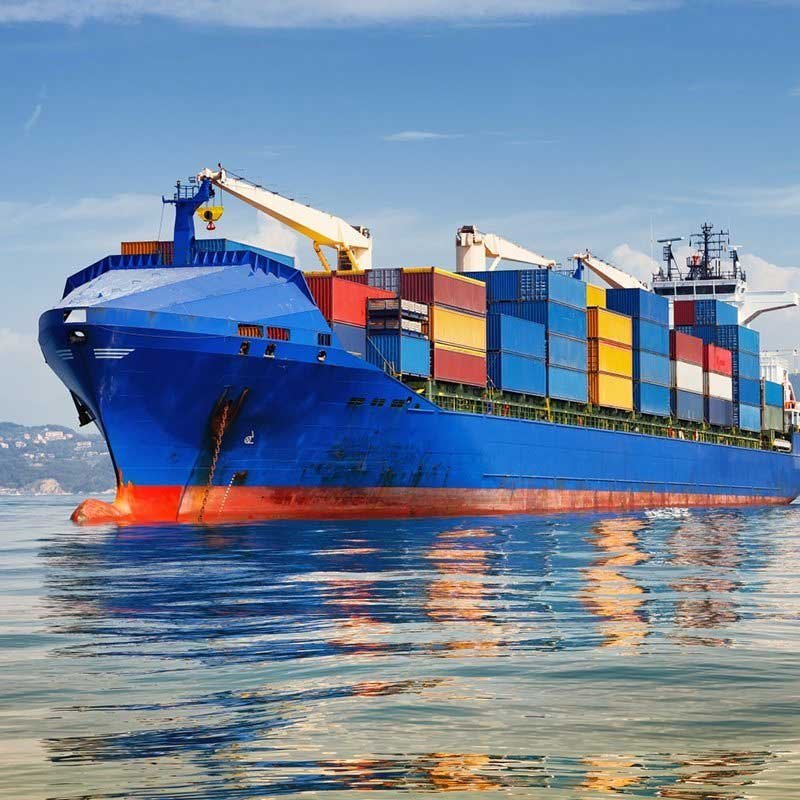

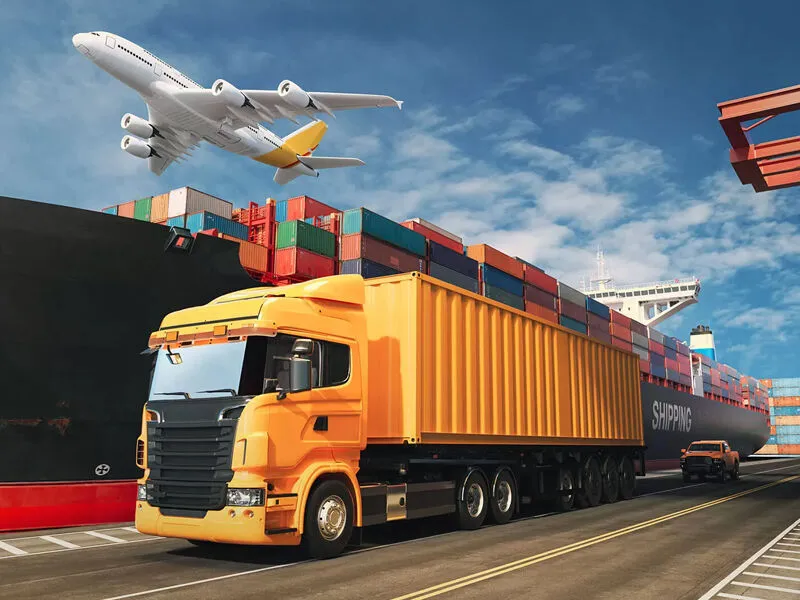
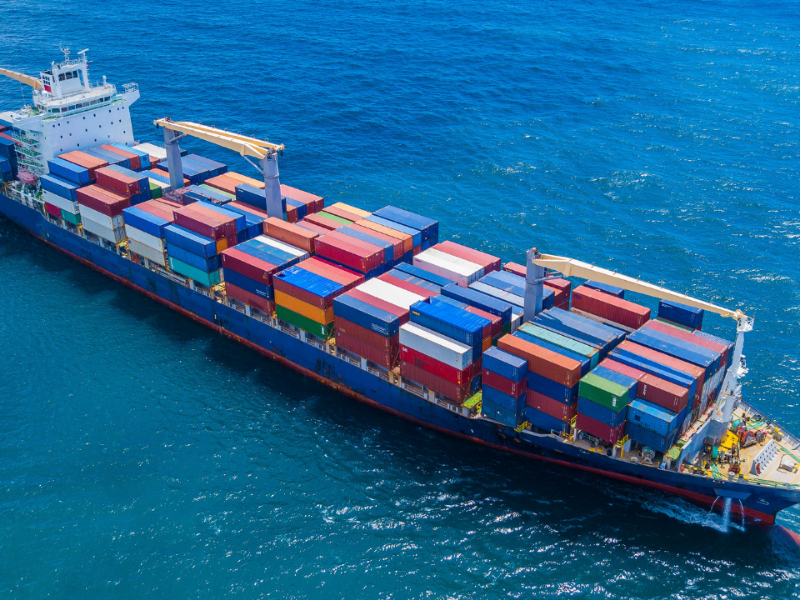


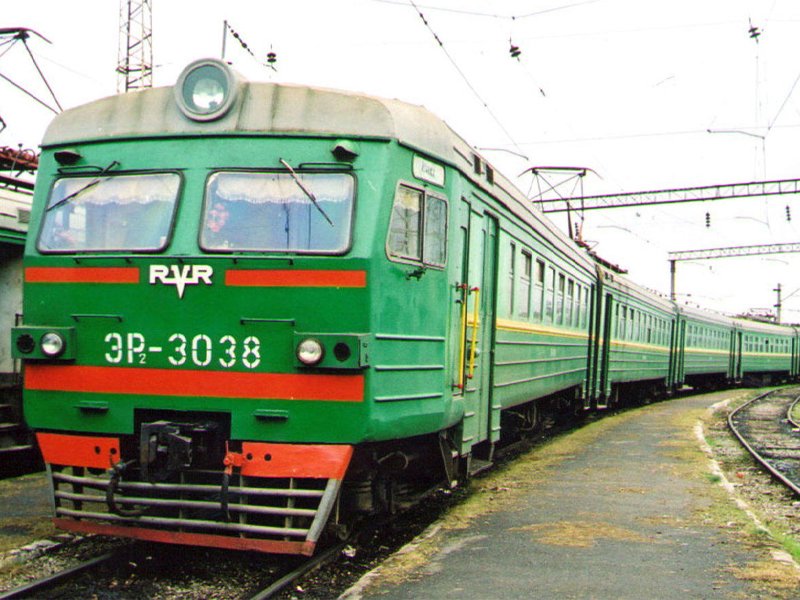


One Response
Good V I should definitely pronounce, impressed with your website. I had no trouble navigating through all the tabs as well as related info ended up being truly simple to do to access. I recently found what I hoped for before you know it in the least. Quite unusual. Is likely to appreciate it for those who add forums or something, site theme . a tones way for your customer to communicate. Nice task..